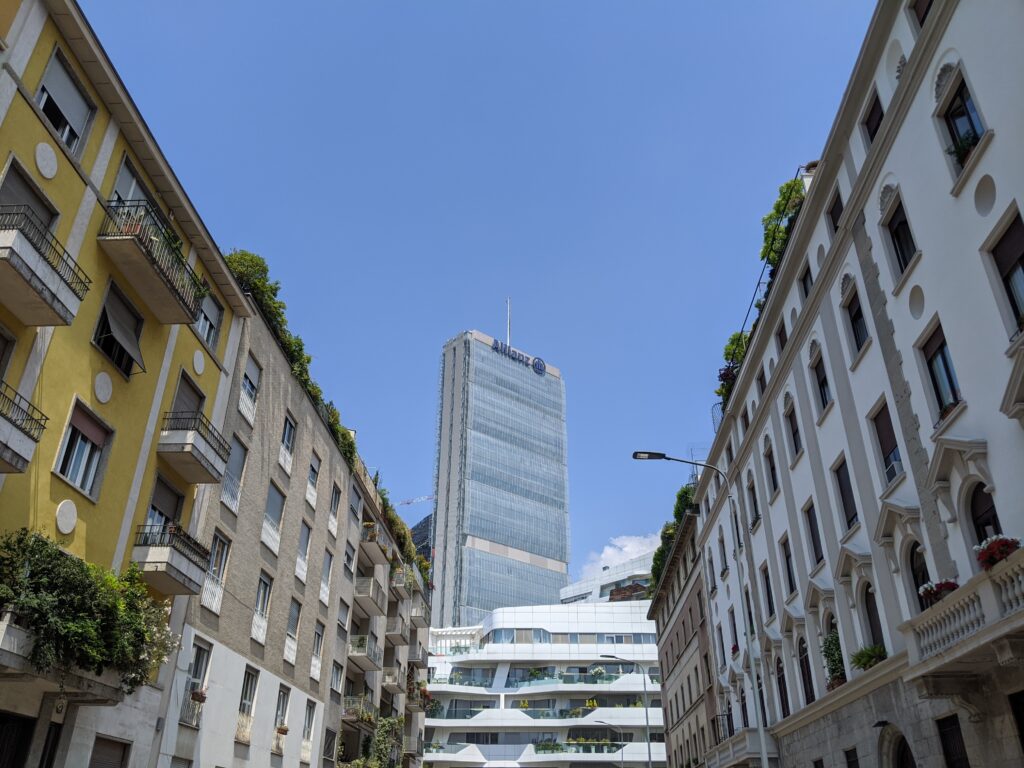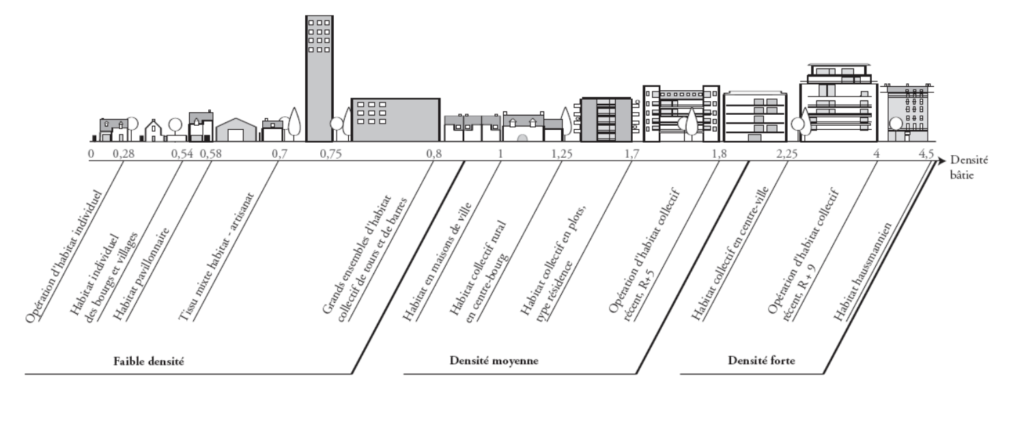Urban density: Me neither, I love you
The debate between living in the city and living in the country is eternal. and it is intimately linked to the question of human and urban density…
The search for a calmer, more intimate environment comes from a need for more space and more proximity to nature.
How is density defined?
It is a ratio or a ratio between the number of people living on a surface of 1km2 (inhab/km2).
Housing density then implies building density. On the same surface, a building built on 4 or 5 floors will have a higher density than a single-family house since the building can accommodate up to 4 or 5 families while the house can only accommodate one.
For example, Paris is one of the most densely populated cities in the world with 20,545 inhabitants/km2 , whereas New York is less dense at 10,194 inhabitants/km2 and Tokyo even less! 6,313 inhabitants/km2.
The first is Dhaka in Bangladesh with 43,797 inhabitants/km2 !
The multiplication of skyscrapers is not necessarily synonymous with greater density, since the semi-detached apartment block, like Haussmann’s Paris, is an urban form offering just as much human concentration.

As for the built density, it is expressed as a ratio between the total built area and the surface of a plot.
What are the types of density?
Dense urban
Historic city centres or large cities with high-rise buildings or apartment blocks.
Urban
Suburbs often consisting of alternating housing units, small blocks of flats and detached or semi-detached houses.
Suburban
Suburban areas, usually consisting of housing estates, commercial and industrial areas.
Rural
What is more commonly known as the countryside. Mainly agricultural land, isolated houses or even hamlets.

What are the advantages of living in a large city?
The proximity to services and shops, the presence of qualified jobs, a range of social and cultural activities are certainly the positive points of urban life.
And the disadvantages?
The main disadvantage is certainly a more difficult access to housing because of higher property prices. Congestion of public transport or roads and then certainly the stress felt due to the lack of green spaces or biodiversity.
So are you ready to leave everything behind to live among trees and cows?
Why not, but beware of making a “shift” by moving to a rural area is not easy either. The distance from one’s place of work or the lack of social relations can sometimes be an obstacle to personal and family development.
And what is the ideal density?
At first glance, small and medium-sized towns offer a good compromise between human-scale density, made up of small buildings or townhouses, and proximity to services and activities. It is also easy to access green spaces or natural landscapes.
More and more neighbourhoods are being built with a mixed density alternating between small collective buildings (groups of small buildings with two or three floors) and individual houses.
Sources :
https://www.insee.fr/fr/statistiques/1405599?geo=DEP-75
To read more :
https://www.demainlaville.com/parlait-de-densite-urbaine/
https://www.lafabriquedelacite.com/publications/vive-la-densite-urbaine/
https://chroniques-architecture.com/densite-urbaine-ou-efficience-urbaine/

